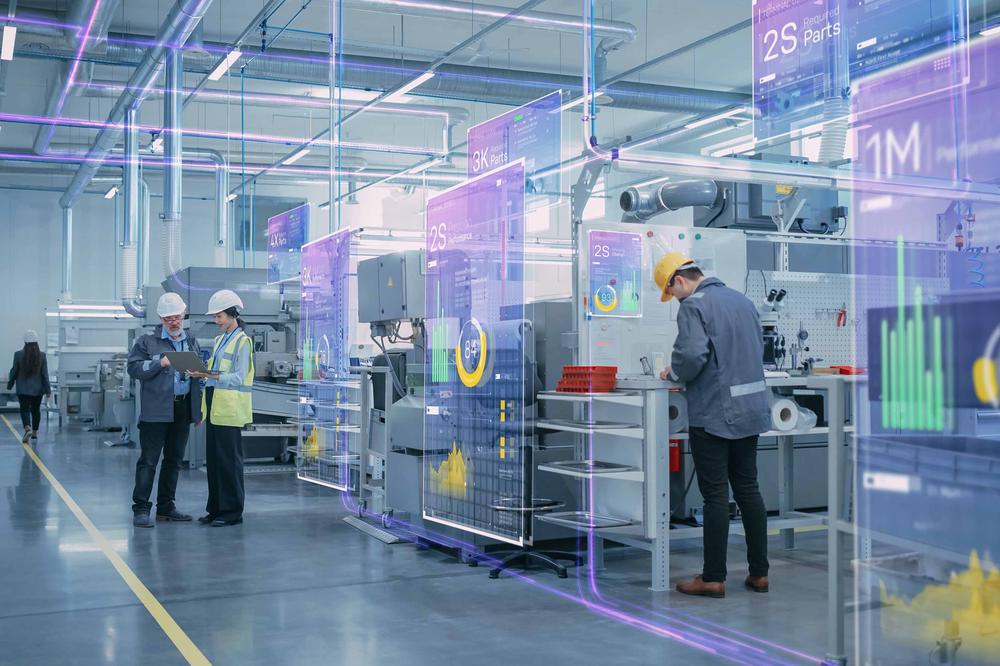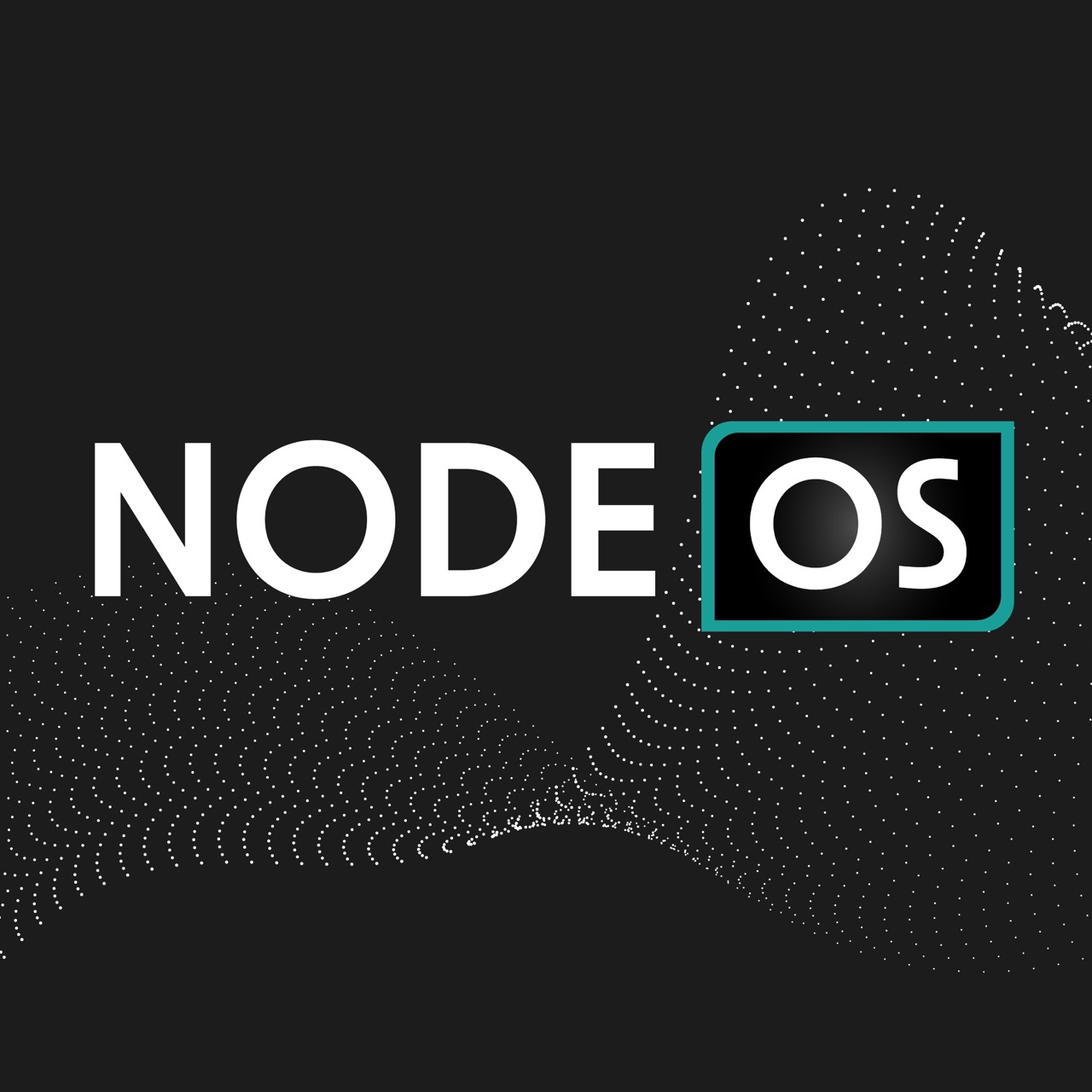
The B2B platform for the best purchasing descision. Identify and compare relevant B2B manufacturers, suppliers and retailers
Close
Filter
Result configuration
Continents
Select continent
Locations
Result types
Company type
Select company type
Industries
Select industry
Company status
Select company status preset
Number of employees
Min.
Max.
Founding year
Nav Tech Electronics India Pvt. Ltd.
Hyderabad, India
D
11-50 Employees
1997
Key takeaway
Navtech specializes in the complete development of autonomous driving systems, particularly in ADAS (Advanced Driver Assistance Systems), showcasing their expertise in innovative automation products.
Reference
Service
Autonomous Driving ADAS
Sky AutoNet
Seoul, South Korea
A
- Employees
-
Key takeaway
The company offers a range of Autonomous Driving ADAS Solutions and Autonomous Mobility Solutions, highlighting its expertise in smart sensing modules and connected car devices.
Reference
Core business
SkyAutoNet
SkyAutoNet
Wayve
London, United Kingdom
A
101-250 Employees
2017
Key takeaway
Wayve is revolutionizing autonomous driving through its AI software system, Wayve Driver, which allows for fully driverless operation when integrated with various vehicles. Their approach focuses on training and deploying foundation models for autonomy, paving the way for safe and scalable self-driving solutions.
Reference
Product
Wayve Driver – AI software & fleet learning platform
Wayve Driver is an autonomous driving AI software system that enables fully driverless operation when integrated with any potential vehicle
Looking for more accurate results?
Find the right companies for free by entering your custom query!
25M+ companies
250M+ products
Free to use
Autonomous Driving Research
Scottsdale, United States
B
1-10 Employees
2015
Key takeaway
The company's focus on autonomous driving research highlights its commitment to advancing AI projects in this area.
Reference
Core business
Autonomous Driving Research
Self Drive News
Elizabethtown, United States
B
1-10 Employees
2022
Key takeaway
Self Drive News serves as a vital resource for professionals in the autonomous driving sector, providing timely and reliable updates on industry developments. Notable highlights include Volkswagen's autonomous driving test program in Austin and IVECO's launch of an autonomous truck in Germany.
Reference
Core business
Self Drive News - Self-Driving and Autonomous Vehicle News
Self Drive News is a digital platform dedicated to the autonomous and self-driving industry. Our mission is to inform and engage our audience on the latest news and insights.
Deeproots
Chicago, United States
B
1-10 Employees
2016
Key takeaway
The company is focused on developing level-5 autonomous driving technology, with 70% of its research dedicated to decision making and motion planning, highlighting its commitment to creating fully independent vehicles.
Reference
Core business
Home | Swaayatt
Robotec.AI
Warsaw, Poland
B
11-50 Employees
2019
Key takeaway
Robotec.ai specializes in developing advanced software solutions for automated and connected vehicles, with a focus on shaping the future of autonomous mobility. Their expertise in robotics, software development, and machine learning positions them as key contributors to the progress of autonomous driving technology.
Reference
Core business
robotec.ai - AI-enabled technologies for mobility
Robotec.ai is a software company that develops high-tech solutions for automated and connected vehicles.
Aidrivers Ltd.
London, United Kingdom
A
51-100 Employees
-
Key takeaway
Aidrivers is focused on accelerating the transition to autonomous mobility, particularly for ports, through their specialized AI-enabled fleet operations that enhance scheduling, path planning, and environmental awareness. Their integrated simulation platform and multisensory data fusion technologies support effective autonomous control and perception, ensuring safety and reliability in dynamic environments.
Reference
Product
Aidrivers | Autonomous Mobility. Invented for sustainability.
We provide autonomous mobility solutions for industrial automation to optimise the business operations and improve quality of services.
Kopernikus Automotive
Berlin, Germany
A
11-50 Employees
2016
Key takeaway
Kopernikus Automotive is a leading developer of autonomous driving solutions, specifically focusing on AVP Type 2 technology, which enables serial-production cars to drive autonomously. Their innovative, infrastructure-based approach to autonomous driving sets the stage for the future of seamless mobility.
Reference
Core business
Autonomous Driving Solutions | Kopernikus Automotive
Kopernikus Automotive is the leading developer of an autonomous driving solution called AVP Type 2 technology - short AVP2 technology. This technology is an infrastructure-based approach to autonomous driving that enables any serial-production car to drive autonomously today.
autobotik
Singapore
C
1-10 Employees
2018
Key takeaway
Autobotik specializes in automated driving and offers services that support the development and implementation of self-driving technologies. Their collaboration with resembler.ai provides extensive testing coverage for highway and urban driving algorithms, making them well-equipped to address the evolving needs of the mobility sector.
Reference
Core business
Automotive Consultancy | Autobotik Automotive Robotics
Autobotik Automotive Robotics | Autobotik is a deep tech Systems Consulting and Advisory firm that focuses on automated driving, ADAS, AI, vehicle electrification, vehicle connectivity, and all services that relate to new mobility. Self-driving, Deep Learning, AD/ADAS, Architecture, Algorithms, Functional Safety FuSa, SOTIF,...
Technologies which have been searched by others and may be interesting for you:
A selection of suitable products and services provided by verified companies according to your search.

Product
driveBOT
Go to product

Product
NODE.OS
Go to product
Autonomous driving software refers to the advanced algorithms and systems that enable vehicles to navigate and operate without human intervention. This technology combines various components like artificial intelligence, machine learning, sensor fusion, and computer vision to interpret data from the vehicle's surroundings. By processing inputs from cameras, radar, and LIDAR, the software makes real-time decisions, allowing the vehicle to recognize obstacles, follow traffic rules, and safely maneuver through different environments. The development of autonomous driving software involves extensive testing and validation to ensure safety and reliability. As this technology evolves, it is increasingly integrated into both passenger vehicles and commercial fleets, aiming to enhance transportation efficiency while reducing accidents caused by human error.
Autonomous driving software functions by integrating various technologies to enable vehicles to navigate and make decisions without human intervention. It utilizes a combination of sensors, such as cameras, LiDAR, and radar, to perceive the environment. The software processes this data to identify obstacles, lane markings, pedestrians, and other vehicles, creating a comprehensive map of the surroundings. Once the environment is assessed, advanced algorithms, including machine learning and artificial intelligence, analyze the information to make real-time driving decisions. These algorithms help the vehicle understand traffic rules, predict the actions of other road users, and determine the safest route. Continuous feedback from the vehicle's systems allows for constant adjustments, ensuring smooth and safe operation in diverse driving conditions.
Autonomous driving software incorporates a range of safety features to ensure the secure operation of self-driving vehicles. One key aspect is the use of sensor fusion, which integrates data from various sensors such as cameras, LIDAR, and radar. This process enhances the vehicle's understanding of its surroundings, allowing for better obstacle detection and navigation. Another important feature is redundant systems, which are designed to maintain functionality even if one component fails. These systems can monitor critical functions like braking and steering, ensuring that the vehicle can respond appropriately in emergencies. Additionally, autonomous driving software often includes real-time monitoring and data analysis, enabling vehicles to adapt to changing conditions and react swiftly to potential hazards, thereby prioritizing passenger safety.
Autonomous driving software undergoes rigorous testing and validation to ensure safety and reliability. One key method involves simulation, where software is tested in virtual environments that replicate real-world scenarios. This allows developers to evaluate how the software responds to various driving conditions and unexpected events without any risk. Additionally, on-road testing is crucial. Autonomous vehicles are equipped with sensors and cameras that gather data during real-world driving. This data is analyzed to assess the software's performance in diverse environments. Furthermore, regulatory standards and industry benchmarks guide the validation process, ensuring that the software meets necessary safety requirements before deployment.
Regulatory challenges for autonomous driving software are significant and multifaceted. One major hurdle involves the lack of standardized regulations across different regions, which complicates the development and deployment of such technologies. Manufacturers must navigate varying safety standards, testing requirements, and data privacy laws that can differ not only from country to country but also within states or provinces. Moreover, liability issues present another challenge. Determining responsibility in the event of an accident involving autonomous vehicles remains a complex legal question. This uncertainty can hinder investment and innovation in the sector. Furthermore, ongoing discussions about ethical considerations, such as decision-making algorithms in critical situations, add another layer of complexity to the regulatory landscape. As the technology evolves, so too must the regulations, requiring constant dialogue between industry stakeholders and regulatory bodies.
Some interesting numbers and facts about your company results for Autonomous Driving Software
| Country with most fitting companies | United States |
| Amount of fitting manufacturers | 10000 |
| Amount of suitable service providers | 9375 |
| Average amount of employees | 11-50 |
| Oldest suiting company | 1997 |
| Youngest suiting company | 2022 |
20%
40%
60%
80%
Some interesting questions that has been asked about the results you have just received for Autonomous Driving Software
What are related technologies to Autonomous Driving Software?
Based on our calculations related technologies to Autonomous Driving Software are Big Data, E-Health, Retail Tech, Artificial Intelligence & Machine Learning, E-Commerce
Who are Start-Ups in the field of Autonomous Driving Software?
Start-Ups who are working in Autonomous Driving Software are Self Drive News
Which industries are mostly working on Autonomous Driving Software?
The most represented industries which are working in Autonomous Driving Software are IT, Software and Services, Other, Automotive, Automation, Electronics and Electrical engineering
How does ensun find these Autonomous Driving Software Companies?
ensun uses an advanced search and ranking system capable of sifting through millions of companies and hundreds of millions of products and services to identify suitable matches. This is achieved by leveraging cutting-edge technologies, including Artificial Intelligence.